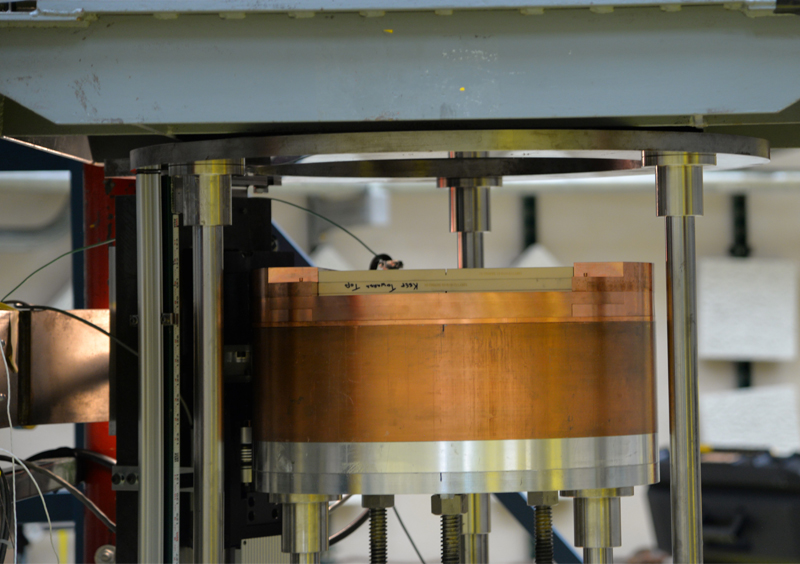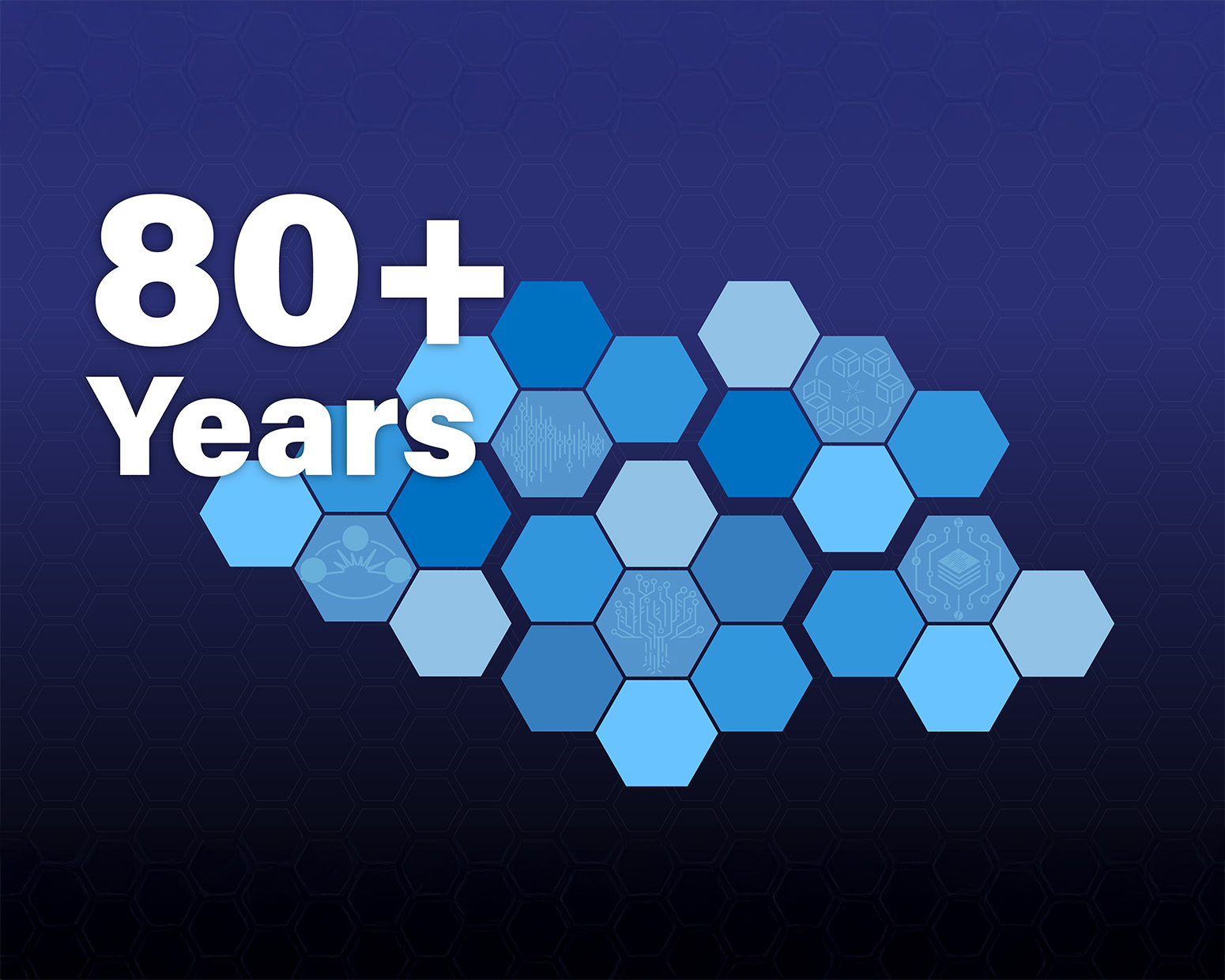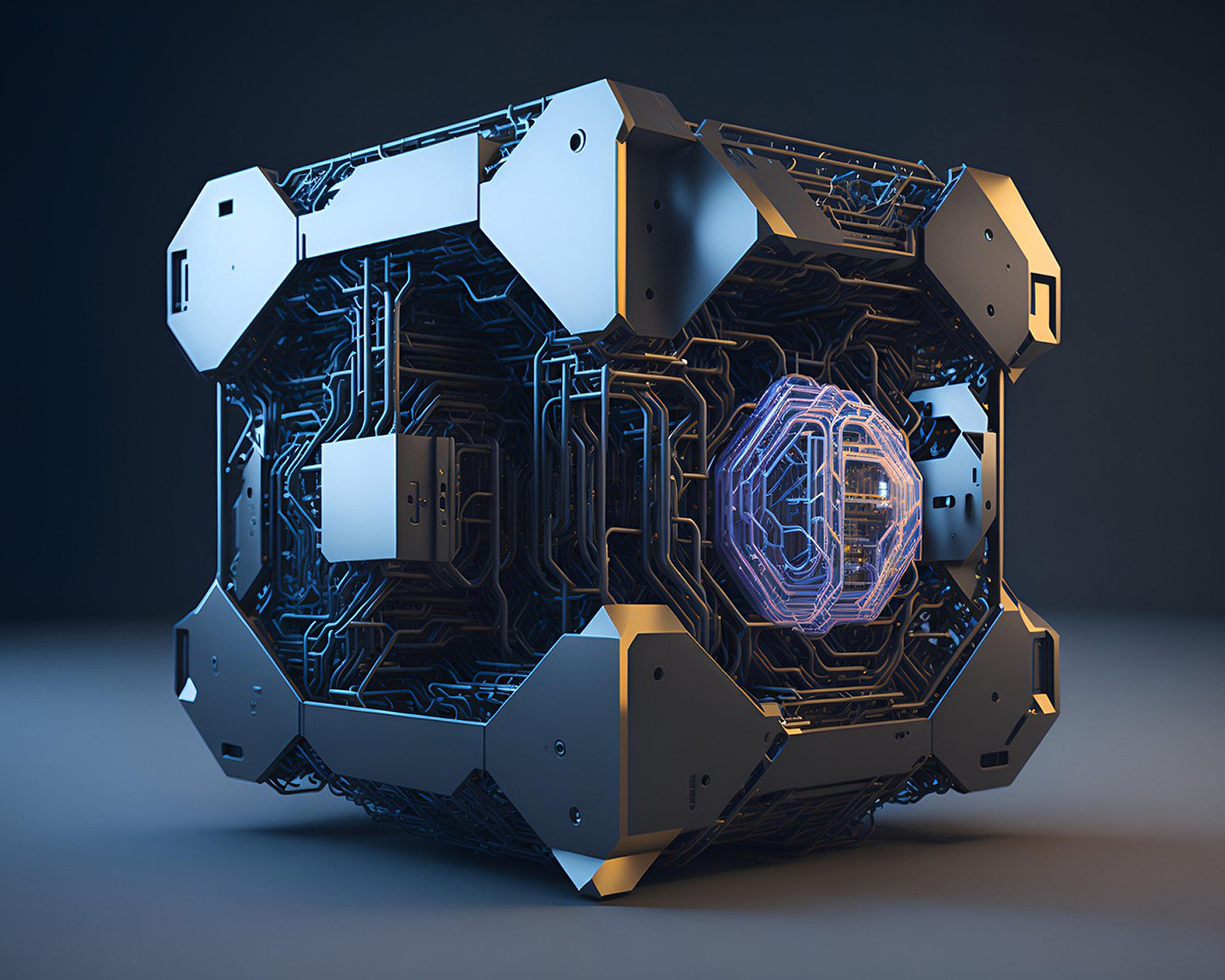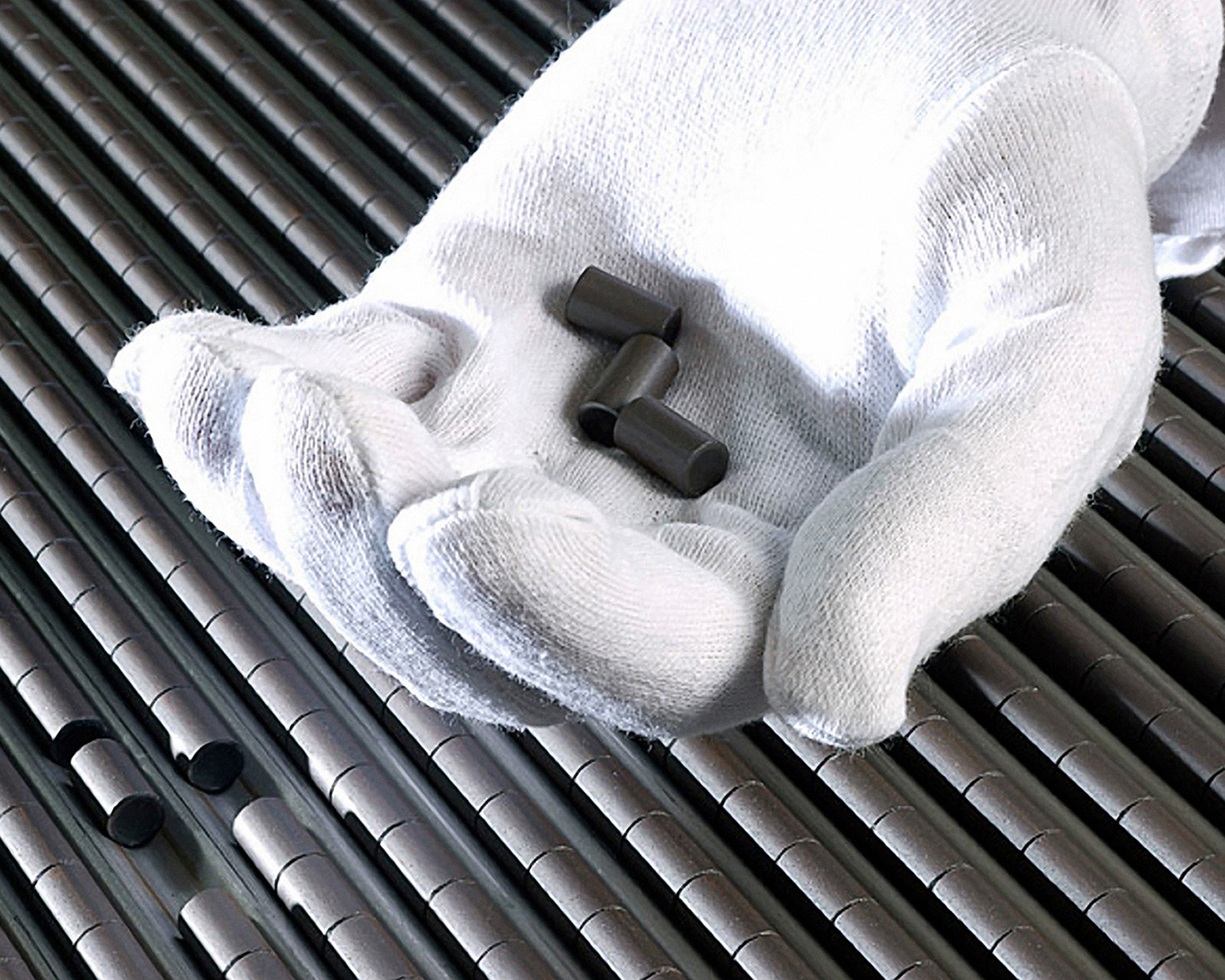Finding the best experiment combinations to refine nuclear data
Accelerating the timeline of scientific progress with AI

To get precise physics data more rapidly, Los Alamos scientists fed numerous parameters into a new tool and asked AI to select ideal combinations of targeted experiments. The expedited approach is helping the team reduce data uncertainties for a high-priority application.
Why this matters: This method has the potential to shorten nuclear data pipelines from 25 to three years, which could accelerate progress in fundamental science and applied nuclear technologies. Precise experimental data is needed for advancements in basic nuclear physics research, stockpile stewardship, global security, nuclear criticality safety, nuclear energy, nuclear medicine, etc.
How it works: Teams execute optimal fundamental-science and applied experiments in parallel instead of running them sequentially, which saves time and money.
What they did: In a trial run, the PARADIGM (PARallel Approach of Differential and Integral Measurements) team used AI to find an optimal experiment combination to reduce uncertainties in plutonium-239 data for a range of neutron energies that are very poorly informed. Following the tool’s selections, they took measurements at the Los Alamos Neutron Science Center (LANSCE) to study specific nuclear reactions and ran experiments at the Lab’s National Criticality Experiments Research Center in Nevada to probe plutonium-239 interactions.
Funding: Laboratory Directed Research and Development program
LA-UR-25-27361





